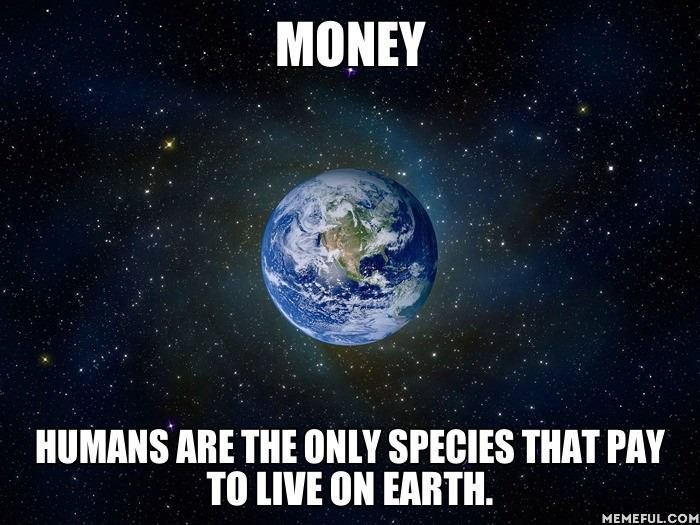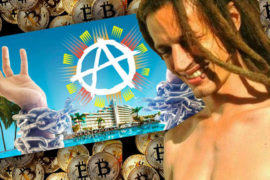There’s no need for a long article, here. Here’s how US dollars are created out of thin air:
- Congress debates legislation.
- The legislation is expensive and raising taxes to pay for it is a problem.
- The legislation is passed anyway without raising taxes to pay for it.
- Congress is a hero for “getting the job done”.
- The legislation is sent to the Treasury Department.
- The Treasury Department types up a Government Bond.
- The Bond is taken to a small group of private commercial banks.
- The commercial banks are told the bond(s) are for sale and they can bid on them.
- The banks review their Capital requirement and Reserve ratio.
- If the banks have $1 on deposit they can bid up to $10 on the bond.
- The banks, by law, can bid $10 for every $1 they actually have.
- Calling it “fractional reserve lending” the banks type up the money on computer.
- They use the typed up money to “pay” for the Government Bonds.
- The banks are now due interest from the Government for the money they “paid” for the bonds. But they didn’t pay anything. They typed up the money on their computer screens and created it out of nothing!
If you or I tried to pay our taxes with money we typed up on a word processor we’d be arrested for counterfeiting. Think how great life would be if we could walk around spending $10 for every $1 we had! That would be like working at McDonalds serving hamburgers and getting paid like an attorney.
The commercial bank created $10 out of thin air for every $1 they had, but, it gets worse. The $1 they had on deposit could easily have come from another bank that “paid” for other bonds with typed-up money. So, even the $1 the first bank had was likely conjured out of thin air.
Now for the clincher: 40% or more of Federal income taxes go to pay for the interest paid to the commercial banks to pay them for the money they merely typed up on their computer screen.
Yes, Fractional Reserve Banking really is a dream come true!
Here’s an excellent video on Money, Banking and The Federal Reserve from the wonderful folks at The Mises Institute:




